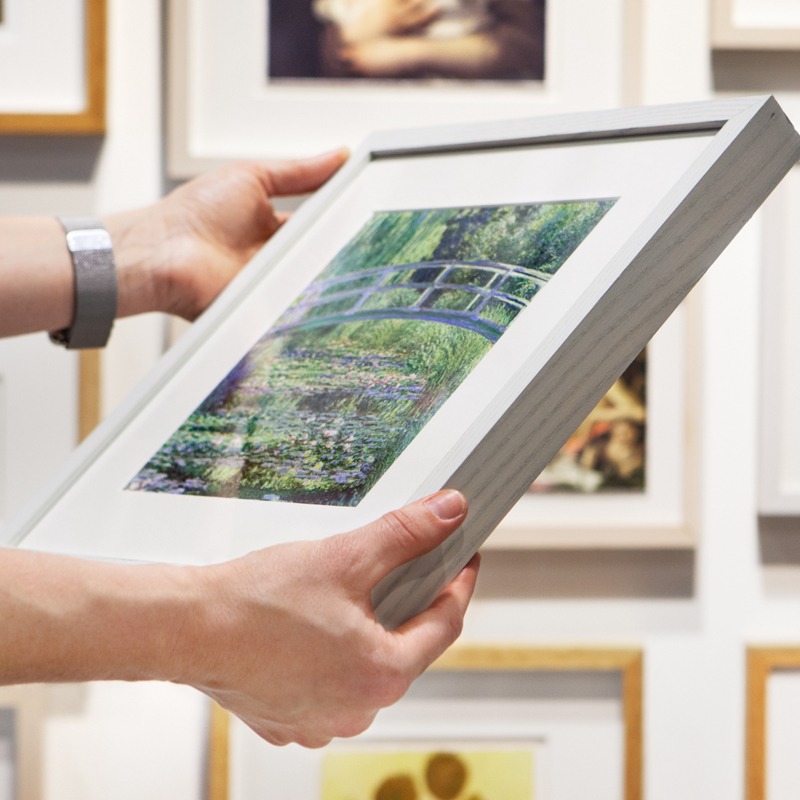Henri Rousseau, 'Portrait of Joseph Brummer', 1909
About the work
Overview
Staring straight at us while nonchalantly holding a cigarette is the Hungarian-born art dealer Joseph Brummer (1883‒1947), who had opened his gallery in Paris that same year. Brummer dealt in African works of art and was one of Rousseau’s most devout patrons. Seated in a wicker chair covered in red velvet, the young art dealer is set against a landscape.
The work is characteristic of Rousseau’s portrait-landscapes, in which he incorporated landscape to hint at his sitter’s identity. The self-taught artist was known for his elaborate paintings of imaginary jungles, with a variety of wild animals and colourful vegetation. His unconventional style was not well received at the beginning of his career, with critics describing his technique as ‘childish’.
When Rousseau submitted his work The Hungry Lion Throws Himself on the Antelope to the Salon d’Automne in 1905, he gained critical recognition. The work prompted a group of admirers to form, including the young Avant-gardists Pablo Picasso and Robert Delaunay, and his loyal art dealer Joseph Brummer.
Key facts
Details
- Full title
- Portrait of Joseph Brummer
- Artist
- Henri Rousseau
- Artist dates
- 1844 - 1910
- Date made
- 1909
- Medium and support
- oil on canvas
- Dimensions
- 115.9 × 88.3 cm
- Inscription summary
- Signed; Dated
- Acquisition credit
- Bequeathed by Simon Sainsbury, 2006; entered the Collection in 2023
- Inventory number
- NG6699
- Location
- Room 45
- Collection
- Main Collection
- Frame
- 17th-century French Frame
Provenance
Additional information
Text extracted from the National Gallery’s Annual Report, ‘The National Gallery: Review of the Year, April 2023 – March 2024’.
Exhibition history
-
2023After Impressionism: Inventing Modern ArtThe National Gallery (London)25 March 2023 - 13 August 2023
About this record
If you know more about this work or have spotted an error, please contact us. Please note that exhibition histories are listed from 2009 onwards. Bibliographies may not be complete; more comprehensive information is available in the National Gallery Library.


